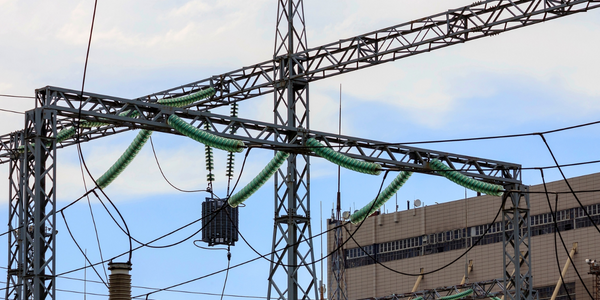Korea Meteorological Administration's Energy-Efficient Supercomputing with Altair's PBS Professional and AcuSolve

Technology Category
- Infrastructure as a Service (IaaS) - Cloud Computing
- Sensors - Environmental Sensors
Applicable Industries
- Construction & Infrastructure
- Electrical Grids
Applicable Functions
- Product Research & Development
Use Cases
- Virtual Prototyping & Product Testing
- Virtual Reality
Services
- System Integration
About The Customer
The Korea Meteorological Administration (KMA) is an organization of Korea's Ministry of Environment with a mission to protect citizens' lives and properties from natural disasters and improve the public commonwealth in ways that support economic activities. KMA observes and analyzes meteorological phenomena on the ground, in the ocean, and in the atmosphere, while providing weather forecasts and warnings, and presents climate statistics and industrial-meteorological data. KMA exchanges meteorological data and information with domestic and foreign organizations, conducts research and technology development activities, and prompts international cooperation. With 1313 civil servants, KMA operates a total of 97 weather stations including 11 radar, 5 upper-air observation stations, and 477 automatic weather stations.
The Challenge
The Korea Meteorological Administration (KMA) was faced with the challenge of reducing energy consumption while maintaining performance in their new Supercomputer Unit 4, a Cray® XC40™ system. This system, equipped with over a hundred thousand computing cores, runs quadrillions of computing jobs every second, which consumes a great deal of energy and causes high heat. To balance operations, it was essential to keep the National Center for Meteorological Supercomputer (NCMS) at a cool and constant temperature. However, the increased energy consumption required for Supercomputer Unit 4 put a significant burden on the air conditioning (A/C) system operations. KMA needed to determine the requirements for dealing with the additional energy consumption and cooling needs.
The Solution
To address this challenge, KMA collaborated with Cray and Altair to simulate the expected working conditions of A/C systems in its NCMS. KMA selected Altair’s PBS Professional for its workload manager and Altair's AcuSolve, a Computational Fluid Dynamics (CFD) solver, for the A/C system analysis. The approach started with modeling a dual structure of the KMA computing room floor using AcuSolve. This analysis focused on air flow conditions and hot spot phenomenon in KMA’s computing rooms, as well as the possible influence of operating a thermohygrostat, which can cool down room temperature. KMA and Altair Korea set several scenarios around turning off a certain number of thermo-hygrostats to reduce energy consumption in each computing room. Based on the results, they determined the minimum number of thermo-hygrostats that should work in each computing room, and also discovered that even if a minimum number of thermohygrostats are operated, the A/C system can work without any serious adverse effect on running the supercomputers.
Operational Impact
Quantitative Benefit

Case Study missing?
Start adding your own!
Register with your work email and create a new case study profile for your business.












